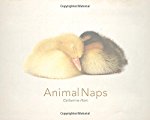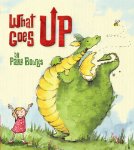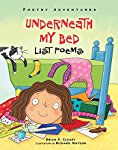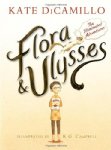Happy almost Earth Day! Tomorrow millions of Americans will finds ways to celebrate the fact that we live on a beautiful planet. Many will talk about what we can do to protect it. Others will actually do things to make our natural environment cleaner and healthier by committing to driving their cars less, by starting recycling programs, and by picking up rubbish in parks and on beaches.
Today's poetry title serves as a tribute to Earth's many beauties, marvels, and gifts.
Illustrated by Beth Krommes
Poetry Picture Book
For ages 5 to 7
Barefoot Books, 2003, 978-1-78285-278-0
Nature is a powerful force in our world and over the
centuries its beauty and majesty has inspired countless poets to “represent the
sights and sounds of nature, and the feelings that nature evokes in us.”
Through their poems, these writers have celebrated nature. Some have also asked
their readers to appreciate what is around them, and to look after the natural
world so that it might be enjoyed by future generations.
For this
collection Judith Nicholls has brought together poems that were written by people
from all over the world. We begin with the words of Mary Kawena Pukui, a
Hawaiian poet, whose poem celebrates the fact that birds, flowers, trees, and ocean
creatures remind us that our planet is a truly “lovely world” no matter where
we live.
In Father and I in the woods David McCord
uses spare language and dialogue to remind us that the best way to be a part of
nature is to walk instead of run, to be silent instead of talking, and to just
“be” so that we can observe the “sky and brook and bird / And tree.”
In Everything’s Wet we experience a
rainfall, and in Winter we read of a
“white horse” that brings the snow, which “filled the land with its spirit.” We
encounter stars and the sun, a lark rising up into the air and filling the sky
with its song. We are told about Forest, a living entity that keeps her
counsel, who dreams of the world when “the earth was young,” and who is woken
by the howl of the howler monkey in the morning. Just as Forest keeps her
secrets, we in turn must “keep Forest.”
The poems in
this collection are beautifully varied and constantly surprising. They delight
they ear, and are accompanied by beautiful artwork which delights the eye.









